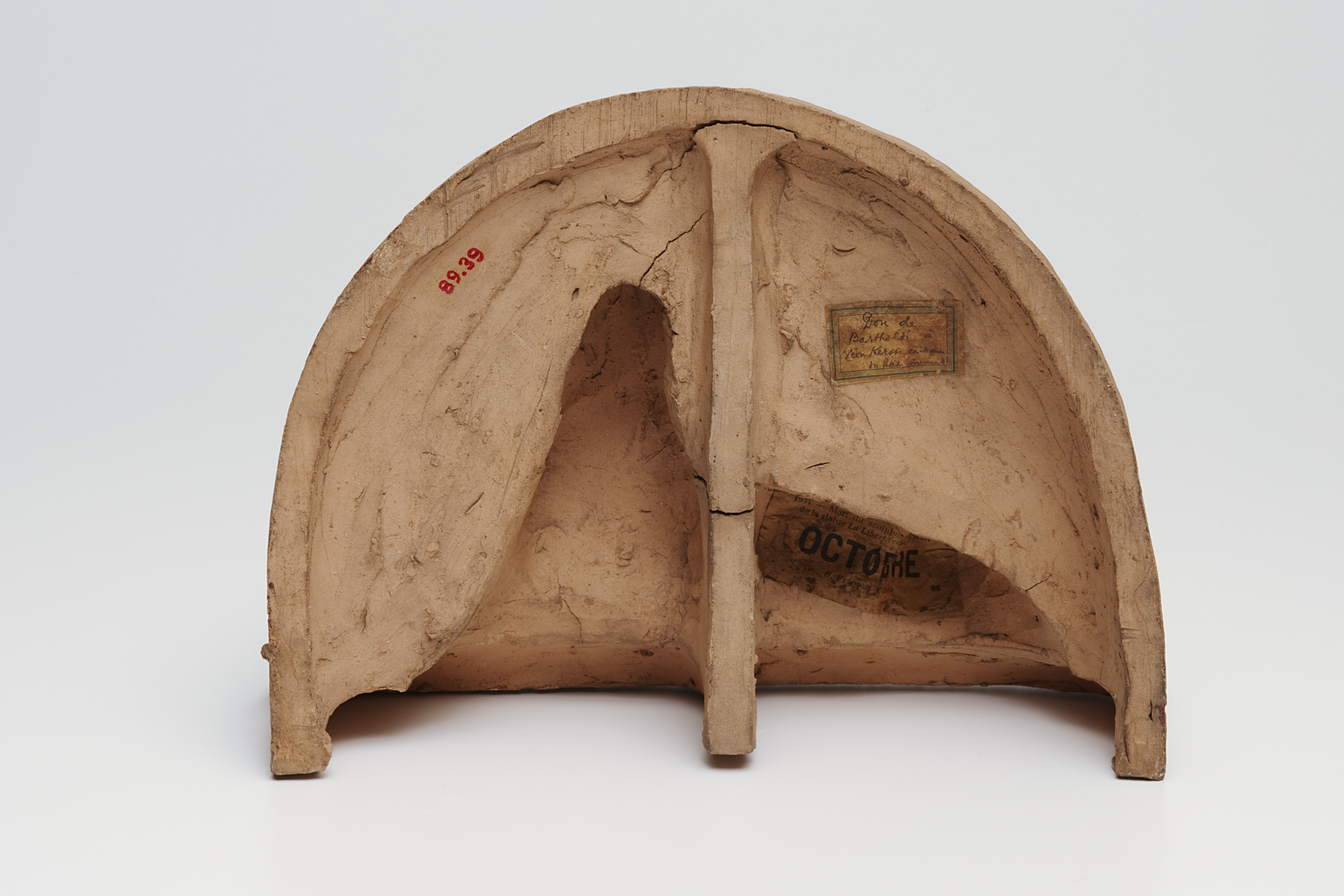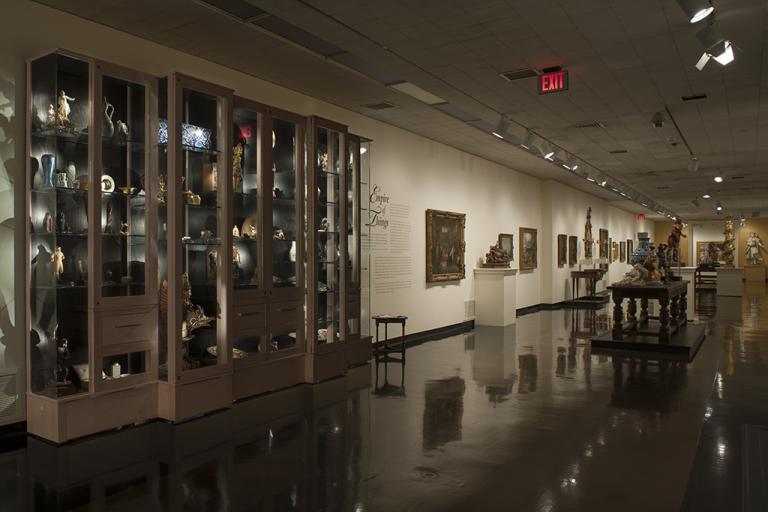The Lion of Belfort, Frédéric-Auguste Bartholdi
Artwork Overview
Frédéric-Auguste Bartholdi, artist
1834–1904
The Lion of Belfort,
mid 1800s–early 1900s
Where object was made: France
Material/technique: terracotta
Credit line: Museum purchase: Helen Foresman Spencer Art Acquisition Fund
Accession number: 1989.0039
Not on display
If you wish to reproduce this image, please submit an image request








